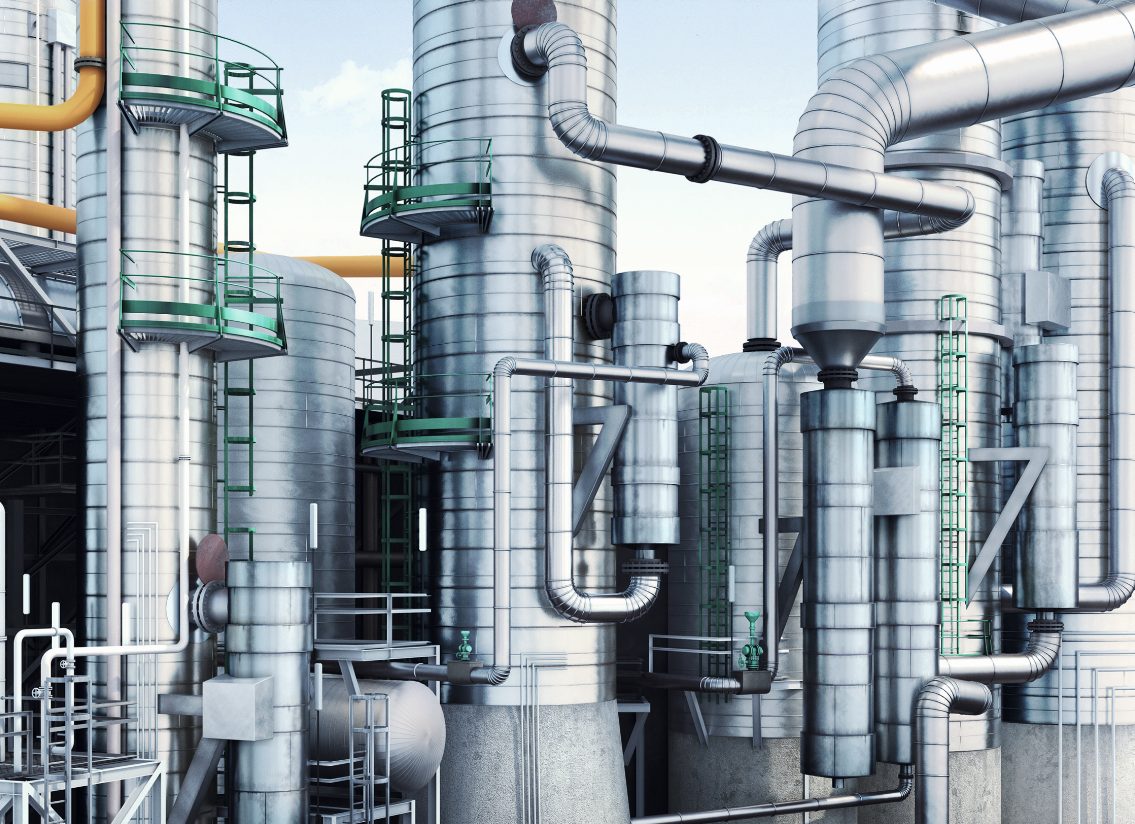
All sources agree with the urgent need for action to mitigate climate change and, consequently, the top priority of reducing GreenHouse Gas (GHG) emissions. What is the origin of these emissions?
Total GHG emissions, taking into account agriculture, forestry and other land use change, amount to around 50 Gt of CO2 equivalent. (Source)
CO2 represents by itself around 75% (in CO2 equivalent) of GHG emissions - which also contains methane and nitrous oxide (both of which have a much higher global warming potential than CO2).
Anthropogenic CO2 emissions, caused by human activities, account for some 35 Gt CO2 per year (excluding emissions due to agriculture, forestry and other land use change). As can be seen in figure 1, the amounts of anthropogenic CO2 emissions have continuously increased over the last century and more sharply in recent years.
Figure 1 - Overall anthropogenic CO2 emissions resulting from fossil fuels and cement production (Source)
The breakdown of global GHG emissions shows (figure 2) that nearly half of the emissions is caused by energy used in the industry, thus reinforcing the need to deploy and retrofit Carbon Capture & Storage projects accordingly.
Figure 2 - World greenhouse gas emissions (Source: World Resources Institute, 2016)
In this graph, the first column shows a breakdown per sector (sources of emissions) whereas the second one lists the activity causing the release. The third column gives the type and volume of gas (in percentage), associated with each activity.
Upon closer inspection, it appears that in 2018 the power sector was the largest carbon emitter, accounting for 40% of global energy-related emissions with coal-fired plants alone representing 29% of the total.
Transport and Industry take second place with 23% each (figure 3).
Figure 3 - Global energy-related CO2 emissions by sector (Source: IEA – The role of CCUS in low-carbon power systems, 2020)
Within the industry sector (23%), cement, iron and steel plants represent approximately 53% of the emissions and are among the hardest to decarbonize. Their high level of carbon emissions is due to the industrial processes and high temperatures involved.
Refining is the fourth largest contributor to industrial CO2 emissions, responsible for 2% of total anthropogenic energy-related emissions (~35 Gt CO2). (Source: Concawe report no. 18/20, September 2020)
It must also be considered that CO2 emissions from some industrial sectors cannot be easily reduced or eliminated simply by switching the fuel type. It is therefore evident that CCUS has a crucial role to play in the world economy, as stated by the IPCC, by providing a sustainable pathway in line with global warming limitations, as underligned in Concawe report no. 18/20, September 2020.